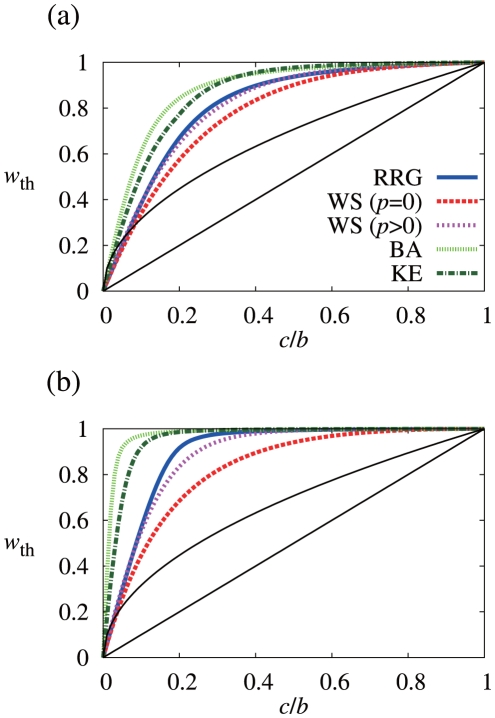Figure 2. Relationship between threshold discount factor ( ) and cost-to-benefit ratio (
) and cost-to-benefit ratio ( ).
).
I use the five types of networks and set (a)  ,
,  , and (b)
, and (b)  ,
,  . The results for direct reciprocity (i.e.,
. The results for direct reciprocity (i.e.,  ) and upstream reciprocity on the directed triangle (i.e.,
) and upstream reciprocity on the directed triangle (i.e.,  ) are also shown by thin black lines for comparison. In (a), I set the rewiring probability for the WS model to
) are also shown by thin black lines for comparison. In (a), I set the rewiring probability for the WS model to  and
and  . For the BA model, there are initially
. For the BA model, there are initially  nodes (i.e., dyad), and the number of links that each added node has is set to
nodes (i.e., dyad), and the number of links that each added node has is set to  . For my variant of the KE model, the initial number of nodes and the number of links that each added node has are set to
. For my variant of the KE model, the initial number of nodes and the number of links that each added node has are set to  , and an active node
, and an active node  is deactivated with probability proportional to
is deactivated with probability proportional to  , where
, where  . After constructing the network based on the original KE model [34], I rewire fraction
. After constructing the network based on the original KE model [34], I rewire fraction  of randomly selected links to make the average distance small. In (b), I set
of randomly selected links to make the average distance small. In (b), I set  and
and  for the WS model,
for the WS model,  for the BA model, and
for the BA model, and  and
and  for the KE model.
for the KE model.

